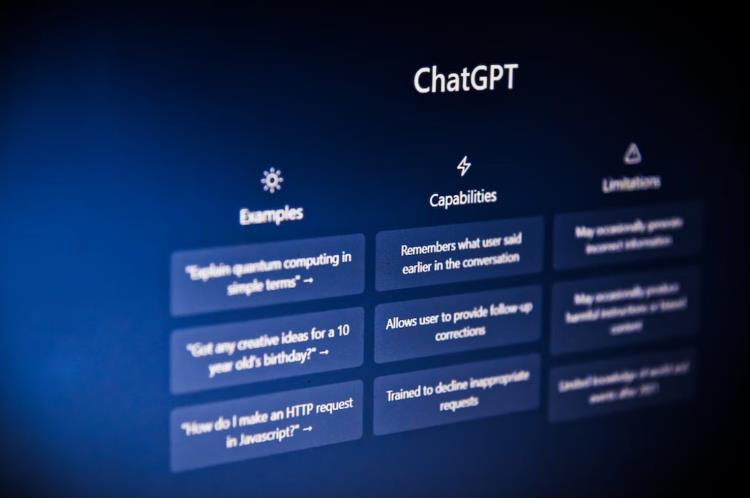
Artificial intelligence research company OpenAI unveiled its chatbot ChatGPT just two months back. The chatbot took the world by storm for its ability to sound uncannily human. Right after its launch, tech companies including Google and Microsoft joined the bandwagon to create their own version of the chatbot. Not to be left behind, the Indian government commissioned a WhatsApp-based, tailor-made search engine to help Indian farmers. Bhashini, a small team at the Ministry of Electronics and IT, is currently building the WhatsApp-based chatbot.
ChatGPT will be central to MeitY’s ambitious national-level programme that aims to build vast datasets containing samples of Indian voices in several local languages through a crowdsourcing model. The data will be collated by the information generated by the chatbot to return appropriate responses to queries. To make it a seemingly easier process for rural Indians, the chatbot will take questions through voice notes as well as typing can be tedious for many. The same will then be answered after feeding the required query.
READ | The Maverick Effect: How NASSCOM nurtured IT industry
Challenges in use of ChatGPT
ChatGPT uses a type of artificial intelligence called transformers to understand natural language and generate responses. It needs to be trained on a large corpus of text data. When users input a query, the text is converted into a numerical format that the model can process using a technique called tokenisation. The chatbot runs the encoded input through a series of layers in the model to analyse and process to come up with a response.
Before going full throttle on the project, the government must understand that the core of the project is built on a faulty premise. The information provided by ChatGPT can be fictional at times, but the system presents it confidently as fact. In fact, this is currently the biggest shortcoming of the chatbot. OpenAI admits that the model sometimes writes plausible sounding, but incorrect or nonsensical answers. The company has never made tall claims about accuracy as of now.
Further, the chatbot cannot access real-time information from the internet. ChatGPT’s language model is trained on a vast dataset to generate text based on the input which, at the moment, only includes information until 2021. So, when the Indian government looks to piggyback on a system to provide crucial information, it has to first fix the problems of its carrier.
Further, the government may also need to resolve the challenge of helping the programme learn multiple languages and understanding the inherent nuances of various languages. India’s rural and agrarian population which is heavily dependent on government schemes does not speak a single language. In that context, it becomes important to build a language model that can successfully identify and understand local languages spoken by the country’s rural population.
Building a national digital public platform for Indian languages will be key to the success of the WhatsApp chatbot. In fact, the government may first need to commission a large dataset of the various local languages spoken in India on which the model can be trained. As ChatGPT works in English, a translator for the local language is also needed.
The Indian government has been on a governance overhaul mission and Digital India is pivotal to it. Digital India campaign was launched to ensure that services are made available to citizens electronically by improved online infrastructure and by increasing Internet connectivity or making the country digitally empowered in the field of technology. With it, plans to connect rural areas with high-speed internet networks are underway. It consists of three core components: the development of secure and stable digital infrastructure, delivering government services digitally, and universal digital literacy. The latest chatbot initiative is in line with the umbrella governance overhaul mission.
